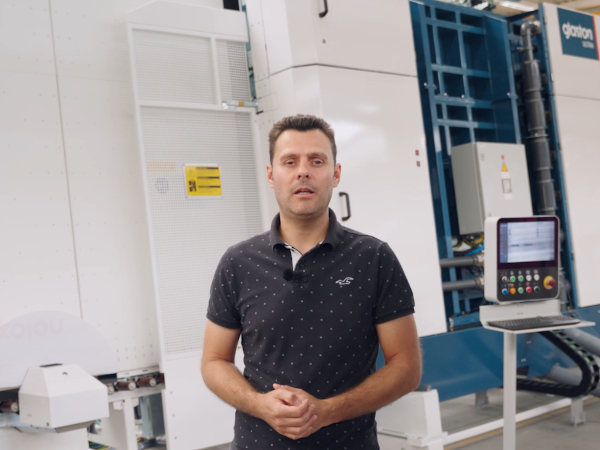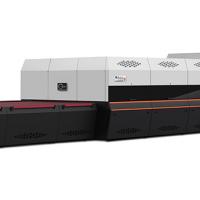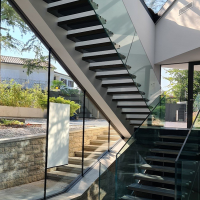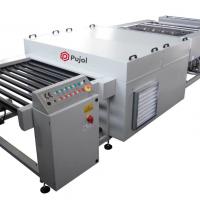Author: Riku Färm | Glaston
Source: www.glastory.net
Loading delays occur when the furnace isn’t ready to receive the next glass batch from the loading table. This is often caused by temperature fluctuations inside the furnace. When the temperature is inconsistent, glass heating becomes suboptimal, and the next batch must wait until conditions stabilize.
Glaston’s Roller Heat Control (RHC) system addresses this challenge by continuously measuring the roller temperature directly from the rollers and automatically adjusting the heating to maintain optimal levels. This ensures a more stable and uniform temperature throughout the furnace, making furnace operation much easier.
In addition to improving process consistency and glass quality by reducing surface defects and manual adjustments, Roller Heat Control also significantly enhances energy efficiency. By minimizing temperature fluctuations, the system reduces unnecessary reheating and idle time, which in turn lowers overall energy consumption. Faster, more consistent loading means the furnace operates more efficiently, with less energy wasted during waiting periods.
Roller Heat Control improves the efficiency, quality, and energy performance of the tempering process by stabilizing furnace temperatures, minimizing loading delays, and optimizing energy use.


























Comments
This is an excellent breakdown of how consistent temperature control can drastically improve efficiency and product quality in glass tempering. Glaston’s Roller Heat Control system sounds like a real step forward in minimizing wasted energy and optimizing workflow — something every precision-based industry can learn from.
Even outside of glass manufacturing, the same principle applies in fields like miami shores plumbing, where maintaining steady conditions and minimizing downtime is key to delivering reliable, high-quality results. Innovations like this show how smart monitoring and automatic adjustments can make a big difference in both performance and sustainability.
Great insight — looking forward to more in the #AskGlaston series!
Hmmm, great insights, Riku. The Roller Heat Control system sounds like a smart solution, keeping the furnace stable not only speeds up production but also saves energy. Impressive innovation from Glaston. Kudos!
LandCruiser parts